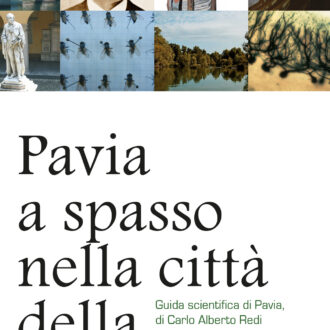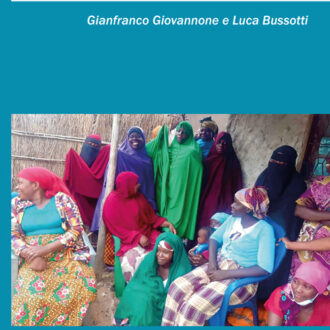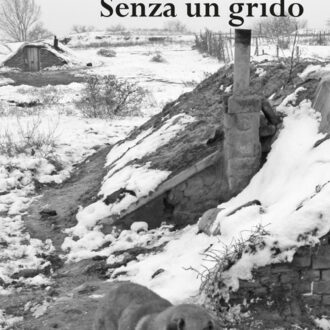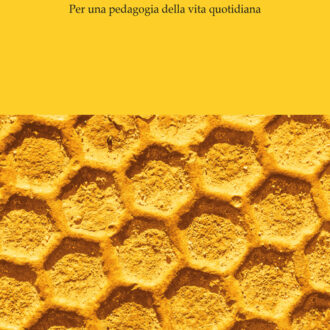ABSTRACT
The Great God Pan e The Inmost Light, di Arthur Machen (1894), mostrano considerevoli affinità col racconto The Birth-Mark, di Nathaniel Hawthorne (1843). Queste storie sono tutte incentrate sullo stesso tema: le conseguenze terrificanti di un esperimento condotto su una donna. Analizzando le somiglianze e le differenze tra Machen e la sua fonte, il saggio mette in luce le idee di lui sulla scienza e sulla donna. In particolare, sottolinea l’influsso dell’anti-scientismo di John Ruskin, che si può vedere nell’adozione, da parte di Machen, delle modalità apocalittiche della prosa ruskiniana, nel suo uso di stilemi biblici nel descrivere la scienza e la città moderna, e nella sua fede nell’idea di un rinnovamento della società attraverso la ripresa dell’etica cavalleresca nelle relazioni umane, a partire da quella tra uomo e donna. Nelle opere di Machen, le idee ruskiniane si fondono con la mistica della cavalleria propria dell’occultismo celtico-cristiano fin de siècle, a cui lui e il suo amico Arthur Edward Waite appartenevano, e che si basa su un simbolo che pervade il macrotesto macheniano: la ricerca del Graal.
Parole chiave: Arthur Machen, Nathaniel Hawthorne, John Ruskin, scienza, cavalleria.
Arthur Machen’s The Great God Pan and The Inmost Light (1894) show remarkable similarities with Nathaniel Hawthorne’s short story The Birth-Mark (1843). All these tales revolve on the same theme: the horrific consequences of an experiment performed on a woman. Analysing the parallels and the differences between Machen and his source, the essay highlights his ideas about science and womanhood. Most specifically, it highlights the influence of John Ruskin’s anti-scientific stance, which can be seen in Machen’s adoption of Ruskin’s apocalyptic discourse, his use of biblical imagery in the depiction of science and the modern city, and his belief in the idea of a renewal of society through the revival of the ethics of chivalry in human relationships, beginning with that between man and woman. In Machen’s works, Ruskin’s ideas merge with the mystique of chivalry of fin de siècle Celtic Christian occultism, to which he and his friend Arthur Edward Waite can be ascribed, and which is based on a symbol that pervades Machen’s oeuvre: the quest for the Holy Grail.
Keywords: Arthur Machen, Nathaniel Hawthorne, John Ruskin, science, chivalry.












Recensioni
Ancora non ci sono recensioni.